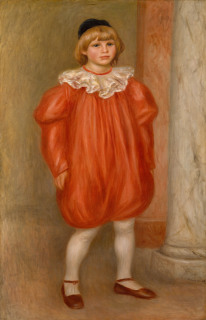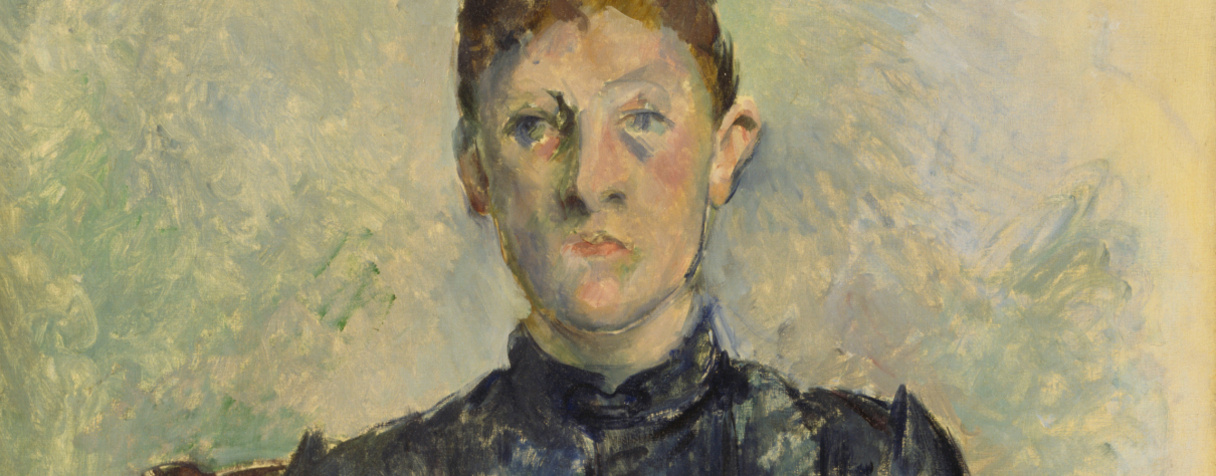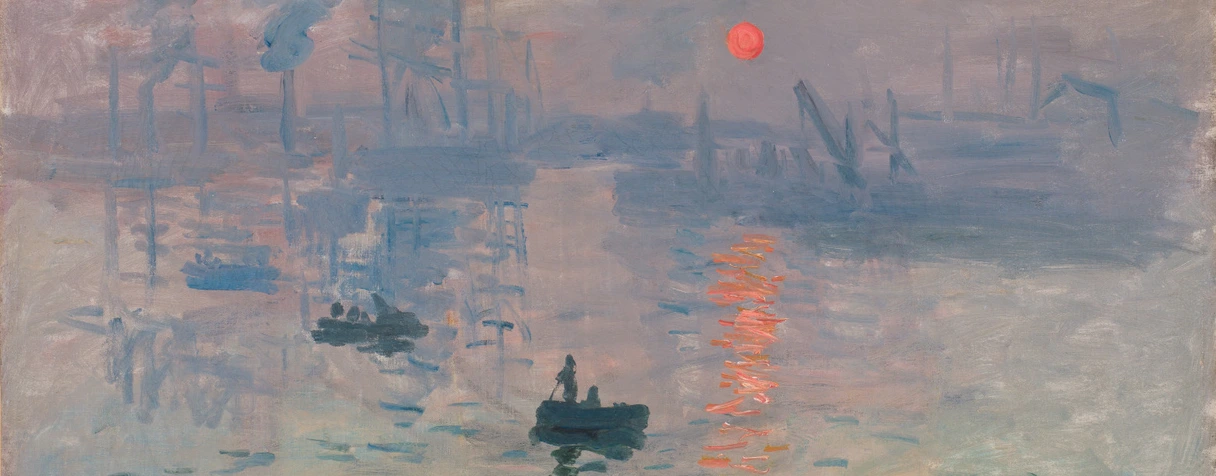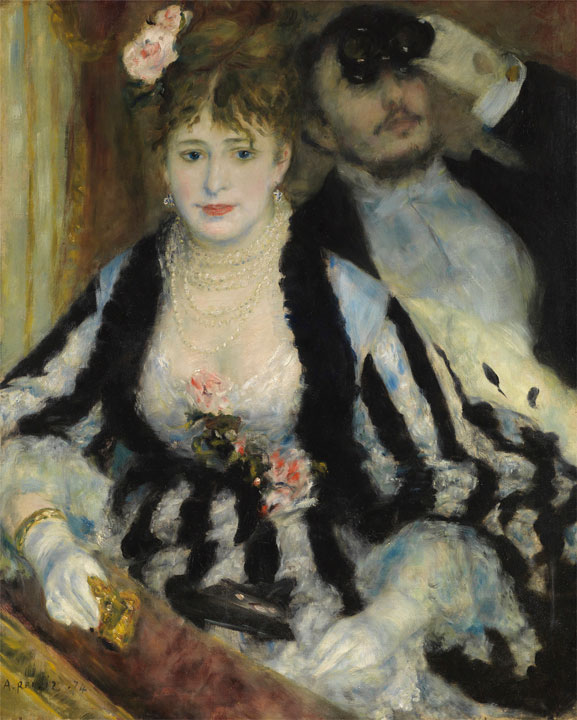Museo Picasso Málaga
30 April to 29 September 2024 |
|
- Tomorrow, 30 April, sees the opening of the exhibition María Blanchard. A Painter in Spite of Cubism. Through its 85 works this retrospective will offer a chronological survey of the different stages in the artistic life of the painter María Blanchard (Santander 1881 - Paris, 1932).
- Blanchard was the first woman in Spain to adopt the Cubist style and to experiment with fragmentation and multiple perspectives in her compositions, for which reason her contribution to the modern movement is considered particularly important. Combined with her technical mastery and the respect she earned among her contemporaries, this has made Blanchard a figure of reference.
- Sponsored by Fundación Unicaja, the exhibition is the latest in the series which the Museo Picasso Málaga has organised over the years with the aim of drawing attention to the work of women artists.
|
|
 | Maria Blanchard. A Painter in Spite of Cubism © Museo Picasso Málaga
To download image, click on it |
|
This retrospective organised by the Museo Picasso Málaga presents a chronological survey of the different phases in the artistic life of the Santander-born painter María Blanchard (Santander, 1881 - Paris, 1932), emphasising the symbolic richness, social commitment, formal complexity and innovative character of her work, produced during a relatively short career. Blanchard’s output was undoubtedly not sufficiently appreciated in the cultural context of the time, which saw women artists as inferior. A painter committed to her particular way of living and creating until the end, she transcended the limits of gender stereotypes.
Blanchard contributed to the modern movement as the first woman in Spain to systematically employ the Cubist approach in order to construct images. The combination of geometrical motifs and a skilled simultaneity of viewpoints give a unique character to the most abstract images of her early period and also to her Post-Cubist figurative compositions produced after 1920. Blanchard’s thematic repertoire of mother and child and domestic scenes, children and working women reflect a deeply felt concern for the vulnerability of the human condition and the evocative power of the emotions. She emphasised these aspects through an impeccable technical mastery and an evident interest in the history and tradition of European painting.
Curated by José Lebrero Stals and sponsored by Fundación Unicaja, this retrospective brings together 85 oil paintings, pastels and drawings by a Spanish painter considered the grande dame of Cubism. Notable among the works loaned for this event are Girl at her First Communion (1914), Lady with a Fan (1913-16), La Boulonnaise (1922-23), and The Fortune Teller (1924-25). In addition, the pastel on paper Girl at an open Window (1924) is exhibited for the first time outside of the United Kingdom since it was acquired by the Courtauld Institute of Art in London in the 1930s. The exhibition also features two works by Blanchard never previously exhibited: Lunch (1922) and Girl with a Bracelet (1922-23).
|
|
 | Maria Blanchard. A Painter in Spite of Cubism © Museo Picasso Málaga
To download image, click on it |
|
MARÍA BLANCHARD, A SPANIARD IN PARIS
María Blanchard was born in Santander in 1881, the same year as Pablo Picasso, and moved to Paris at the outset of the 20th century, where both would always remain outsiders. This courageous, intelligent woman, who achieved great renown among her fellow painters in Paris, was nonetheless little esteemed in historical accounts of the avant-gardes during the first half of the last century, in the context of an art system dominated by a type of masculinity that silenced and excluded her. José Lebrero Stals, the exhibition’s curator, has stated that: “In 2024 there are still more than sufficient reasons to insist on once again presenting her work retrospectively and in detail, exhibiting it again nearly 100 years after her death.”
The fact that Blanchard was from a wealthy family and had been educated in an intellectual environment meant that at the age of twenty-two she was allowed to embark on studying art in Madrid. She began to produce portraits of loved ones in an academic style; appropriate subjects in that conservative artistic environment. Blanchard travelled to Paris, the international capital of modern art, for the first time in 1909 where she discovered the aesthetic radicalism of the avant-gardes and established contacts with some of the key figures of the new art: Juan Gris, Diego de Rivera, Vicente Huidobro, Marie Vassilieff and Picasso himself, among others.
In 1915 the writer and activist Ramón Gómez de la Serna invited Blanchard to participate in Madrid in Los pintores íntegros, the provocative, first Cubist exhibition which was closed by the authorities ten days after it opened. The fierce, damning and misogynist criticism which the artist’s work received, as well as her disappointment at the artistic wilderness of Spain at that period led the artist to settle permanently in Paris that summer in a personal quest for an atmosphere of innovation and artistic experimentation. It was at this point that she ceased to sign her work as María Gutiérrez or Gutiérrez-Cueto and to use Blanchard, her mother’s French surname. In Paris she firmly allied herself to the Cubist artists, standing out within the movement with her own artistic personality. That crucial part of her pictorial legacy, although created during a short period, made Blanchard one of the most important international figures of the Cubist movement.
During the 1920s María Blanchard’s career continued to evolve towards a Post-Cubist phase which centred on the human condition and the world of women and children, expressed through her meticulous technical mastery and a scholarly interest in the tradition of Spanish, French and Flemish painting. Her pictorial output moved towards a very distinctive figuration which, as evident in the exhibition María Blanchard. A Painter in Spite of Cubism, also brought her prestige and renown. The Museo Picasso Málaga is once more affirming its commitment to drawing attention to women artists of the 20th century, following previous exhibitions devoted to Sophie Taeuber-Arp (2009), Hilma af Klint (2013), Louise Bourgeois (2015), We are truly Free. Women artists and Surrealism (2017), and Paula Rego (2022).
Nearly 50 museums and major collections are loaning works for this exhibition, notably the Centre Georges Pompidou, the Musée d’Art Moderne de la Ville de Paris, the Museo Nacional Centro de Arte Reina Sofía, the Museo Nacional del Prado, the Museo Thyssen-Bornemisza, the Museo de Arte Moderno y Contemporáneo de Santander y Cantabria, the Museo de Bellas Artes de Bilbao, the Musée de Beaux-Arts de Nantes, and the Sprengel Museum in Hanover; in addition to lenders such as Colección Masaveu, Colección Zorrilla Lequerica, Galería Guillermo de Osma, Colección Abelló and a large number of private collections. The exhibition is sponsored by Fundación Unicaja. |
|
 | Maria Blanchard. A Painter in Spite of Cubism © Museo Picasso Málaga
To download image, click on it |
|
CATALOGUE AND CULTURAL AND EDUCATIONAL PROGRAMME
In conjunction with the exhibition the Museo Picasso Málaga has published the catalogue María Blanchard. A Painter in Spite of Cubism in both an English and a Spanish edition. It has more than 200 fully illustrated pages and texts by José Lebrero Stals, Andrea Weiss, Griselda Pollock, Xon de Ros, and Paula J. Birnbaum. It also features a biography compiled by Dr María José Salazar, a specialist in the work of María Blanchard, and short extracts of texts by Ramón Gómez de la Serna, Gerardo Diego, José Bergamín, André Lothe, and Federico García Lorca. The publication is available from the MPM Bookshop or by ordering by e-mail from lalibreria@mpicassom.org
Once again, during the months when the exhibition is on display the Museo Picasso Málaga will be offering an ongoing programme of related cultural activities. These include a series of encounters which will benefit from the presence of the exhibition’s curator, José Lebrero, and of acknowledged experts such as the art historian María José Salazar; Xon de Ros, professor at the University of Oxford; and Paula Birnbaum, professor of art history and museum studies at the University of San Francisco, among others. There will also be a new cycle of Conversations with..., which will offer a guided tour of the exhibition led by specialists such as Belén Torregrosa, associate professor at the University of Navarre, and Lorea Alfaro, artist and teacher in the Fine Arts faculty of the University of the Basque Country.
For young visitors, the museum’s department of cultural and educational activities will be offering a puppet show and story-telling-session on 25 May, as well as its habitual summer workshops in July, on this occasion based on the exhibition María Blanchard. A Painter in Spite of Cubism. For the educational community there will be participative visits aimed at different educational levels, teacher training sessions, and the project “Blanchard today”, which aims to generate synergies between the museum and young people in collaboration with the faculty of Art History at the University of Malaga. |
|
|













.jpeg/564px-Zacharie_Astruc_-_Femme_endormie%2C_dans_un_int%C3%A9rieur_artistique_(sc%C3%A8ne_de_somnambulisme).jpeg)











